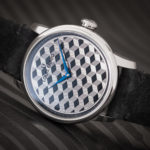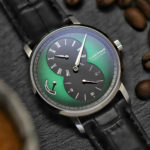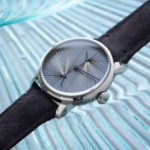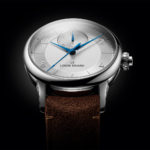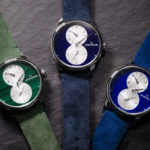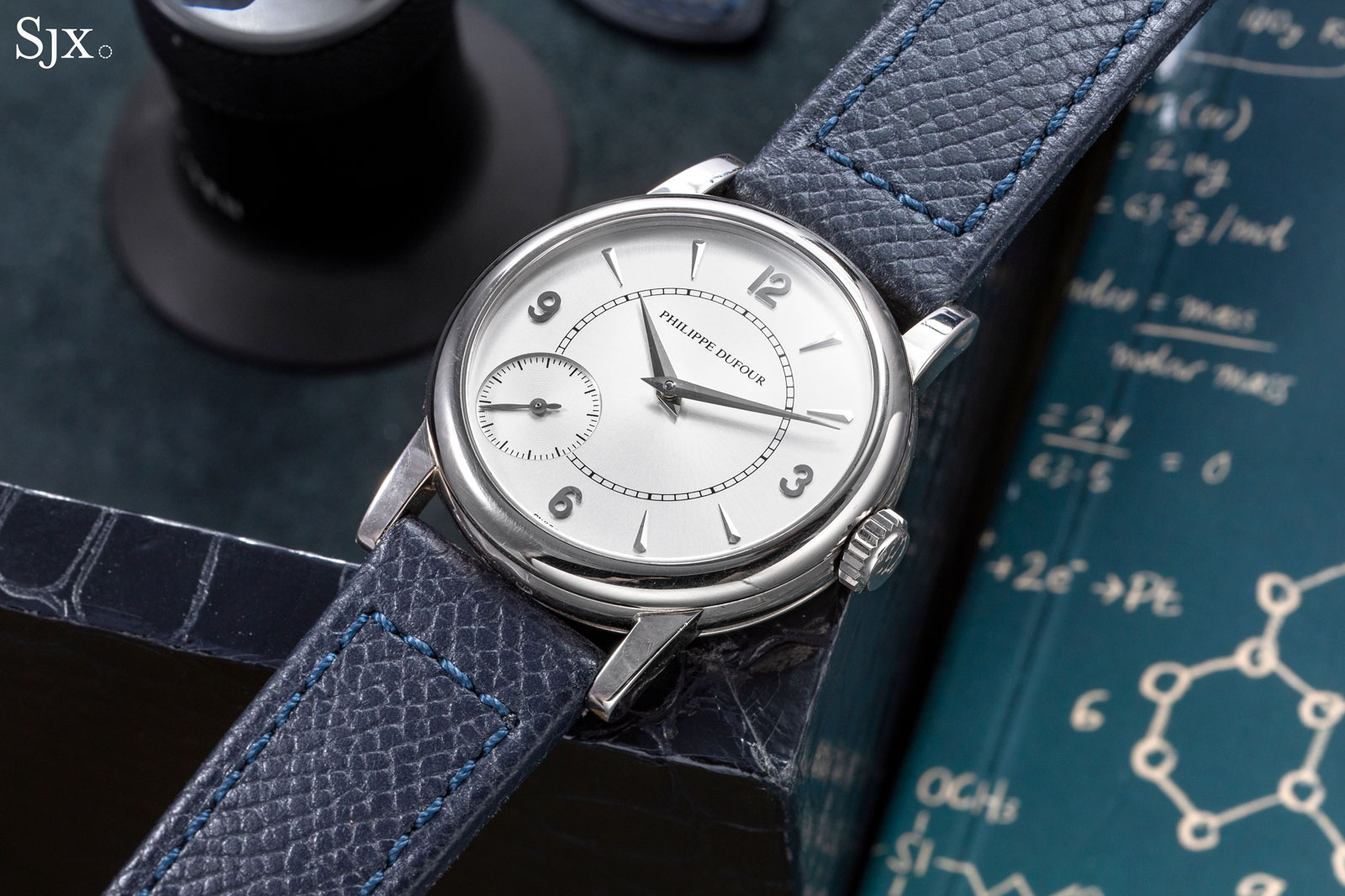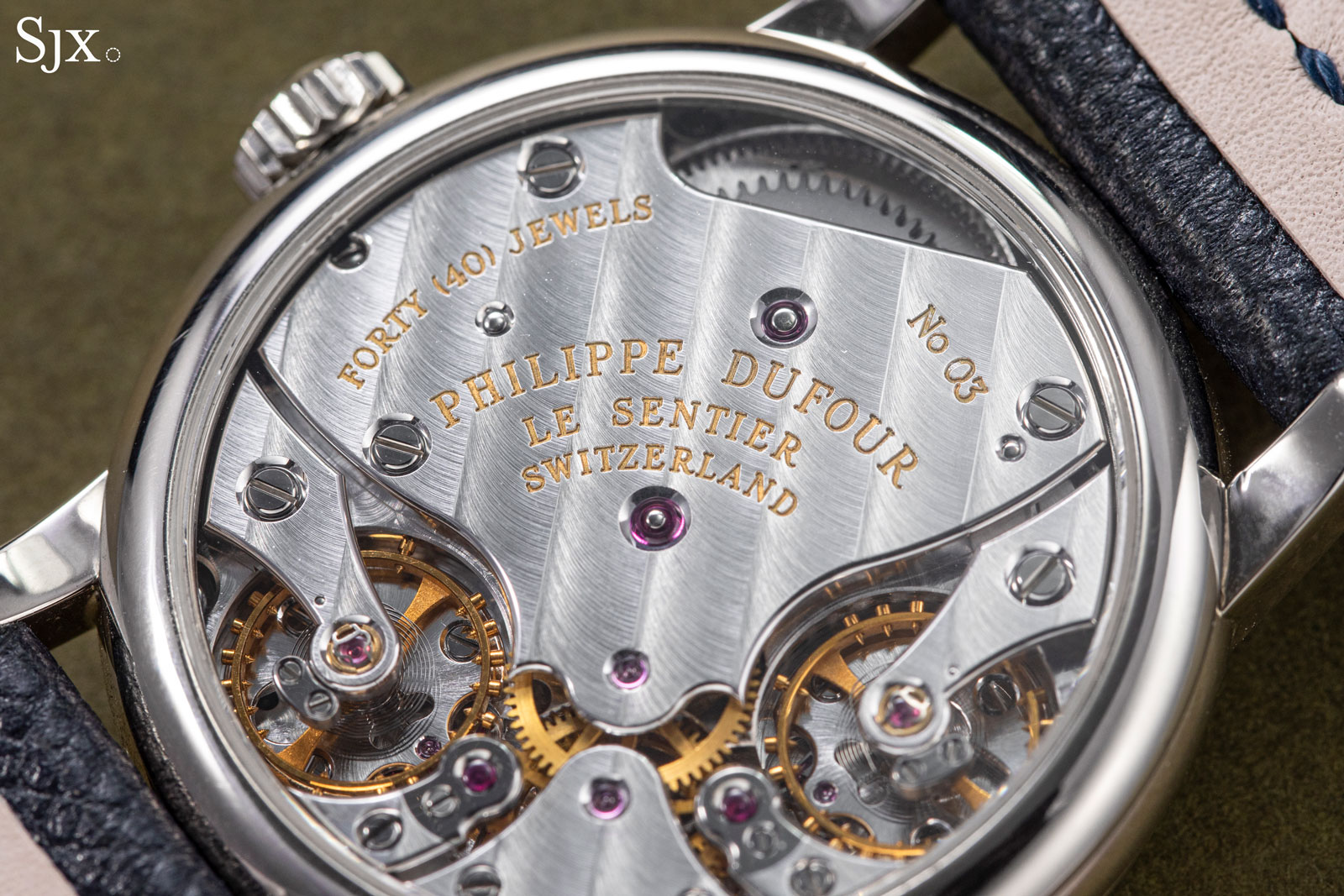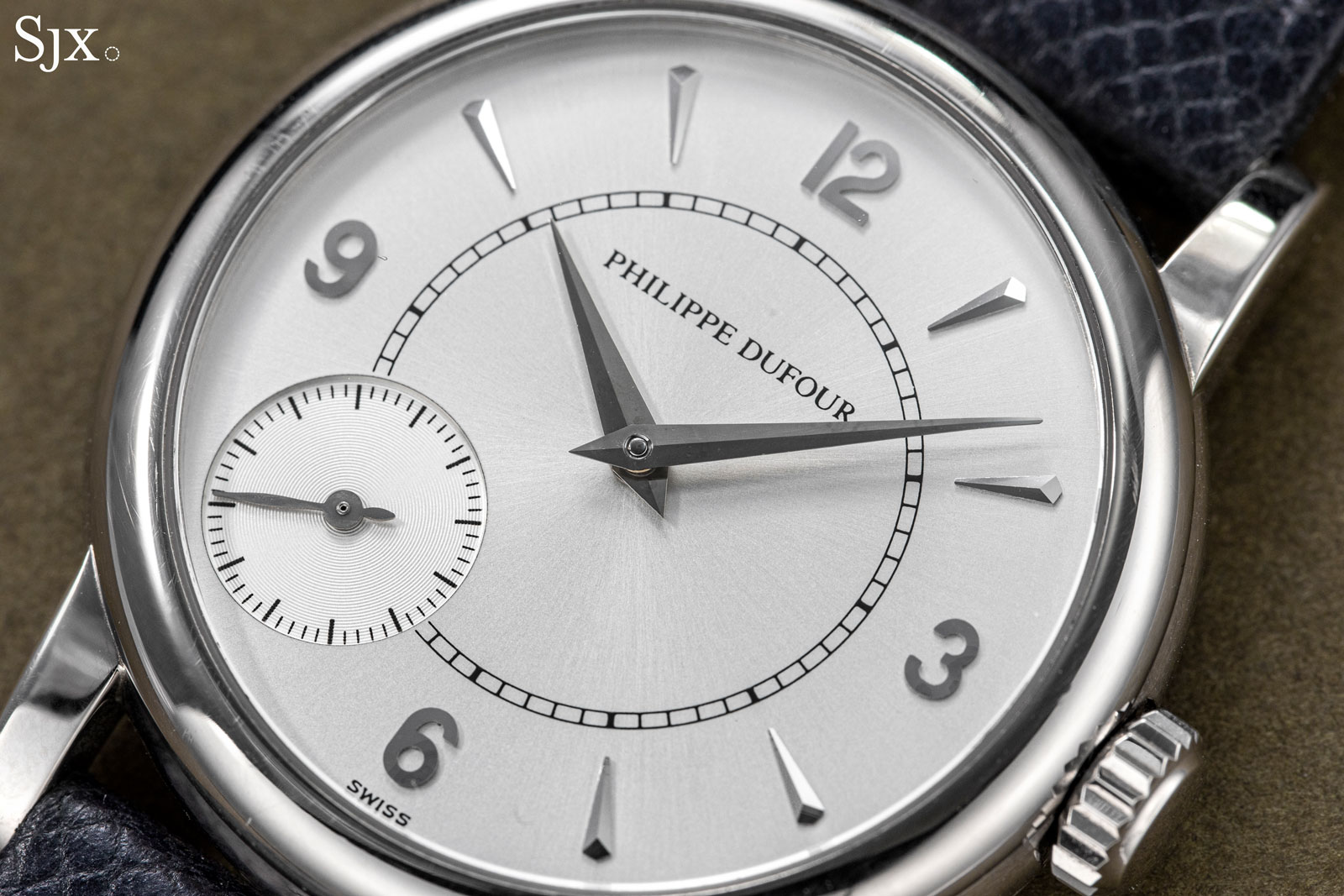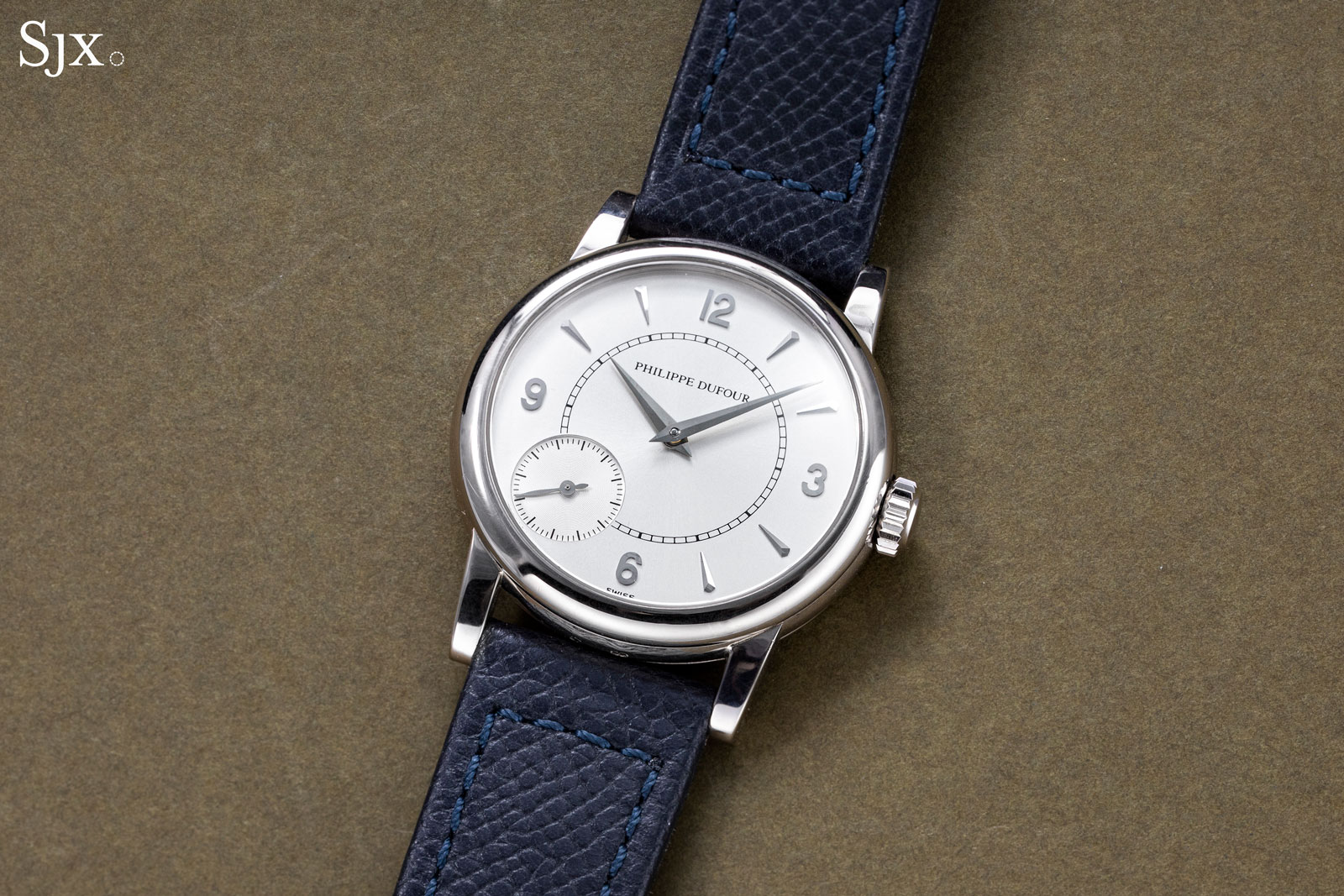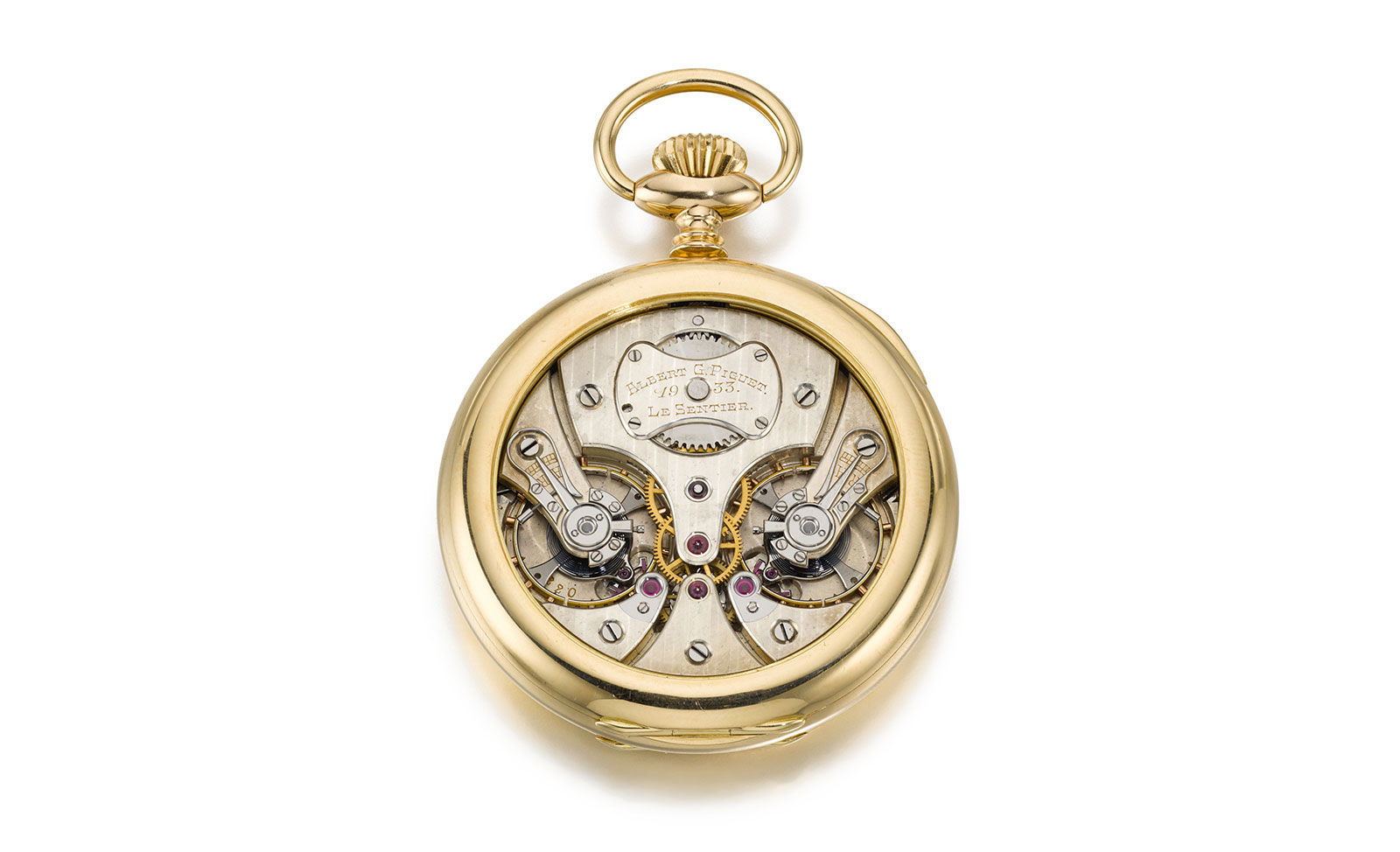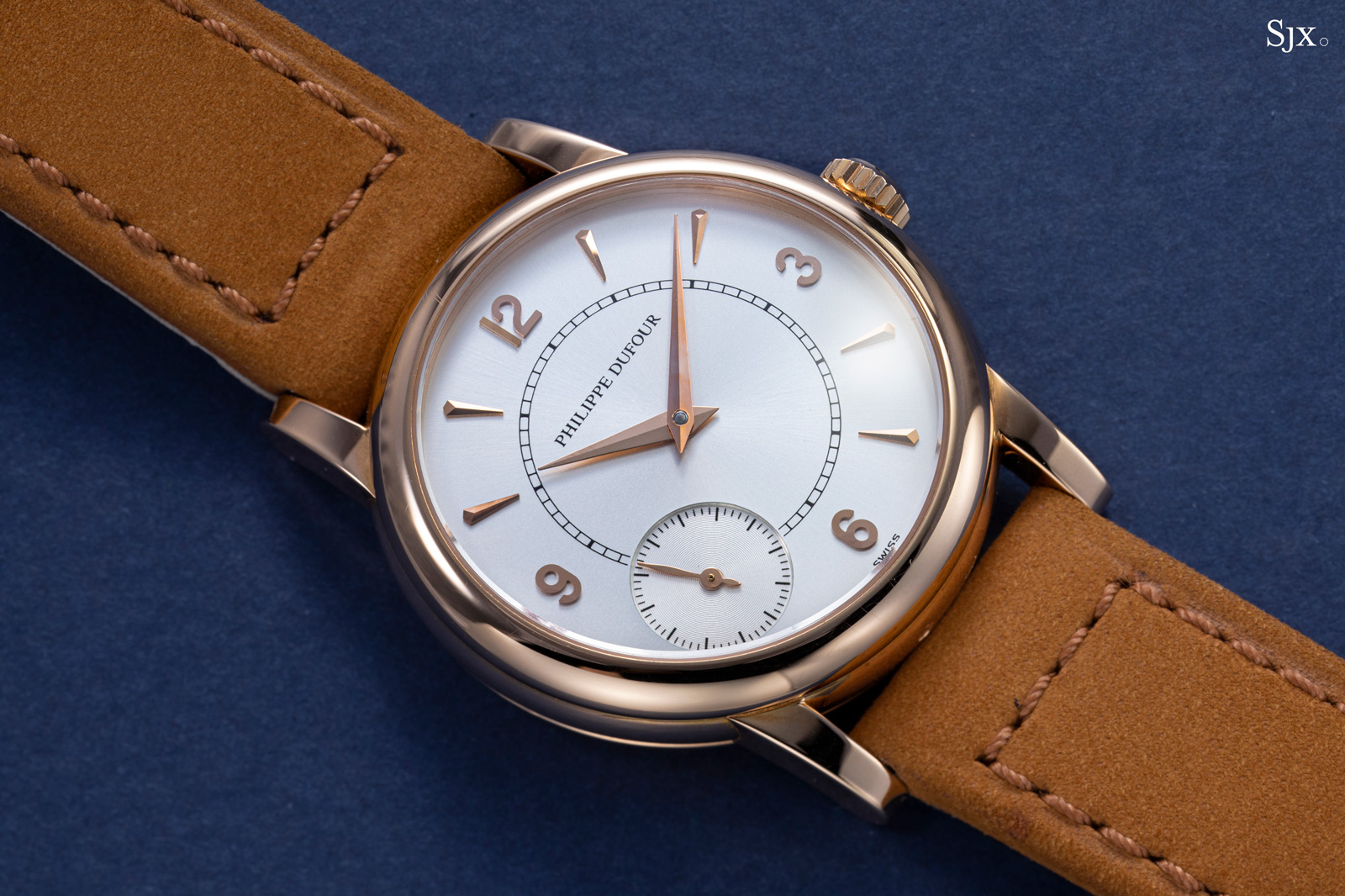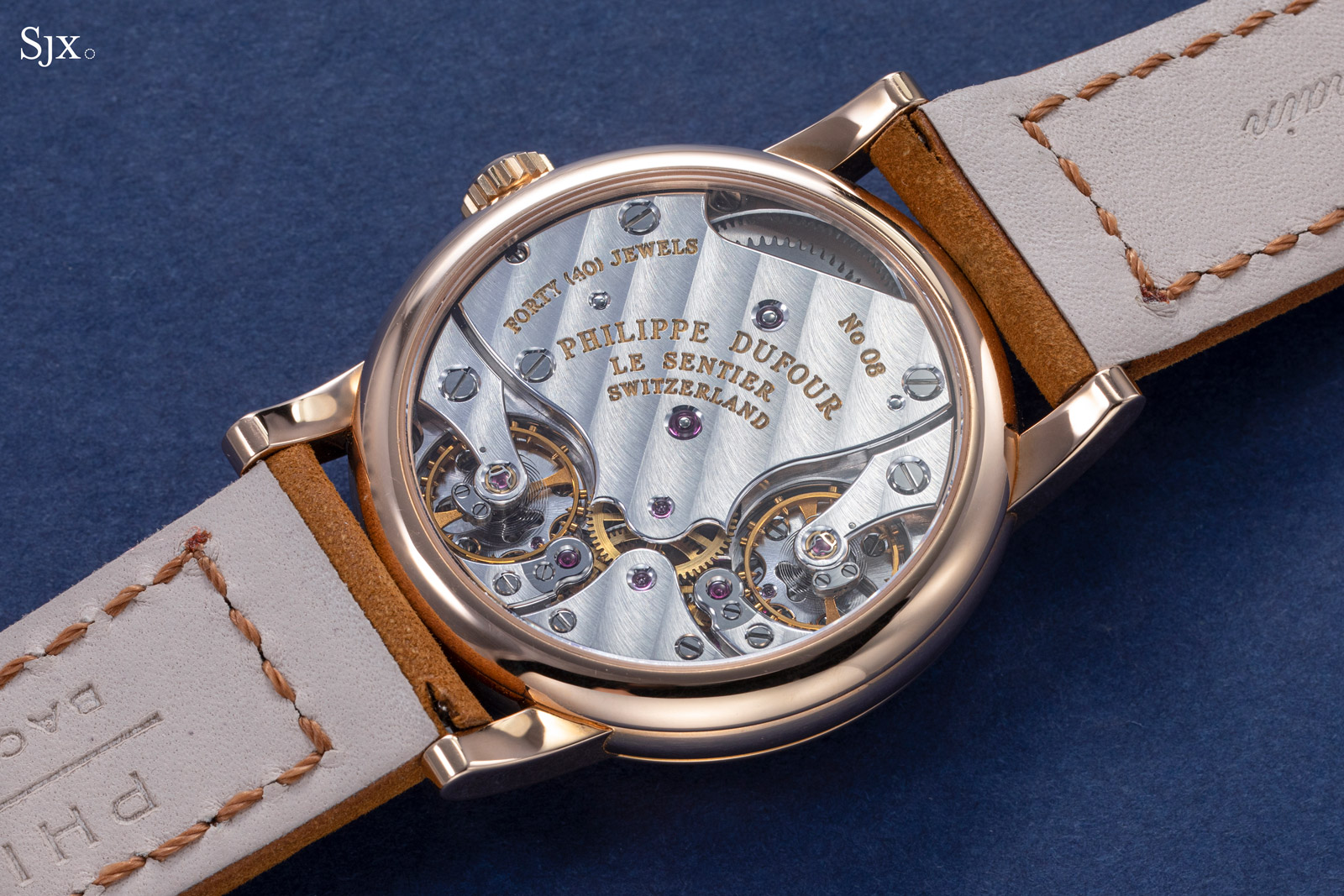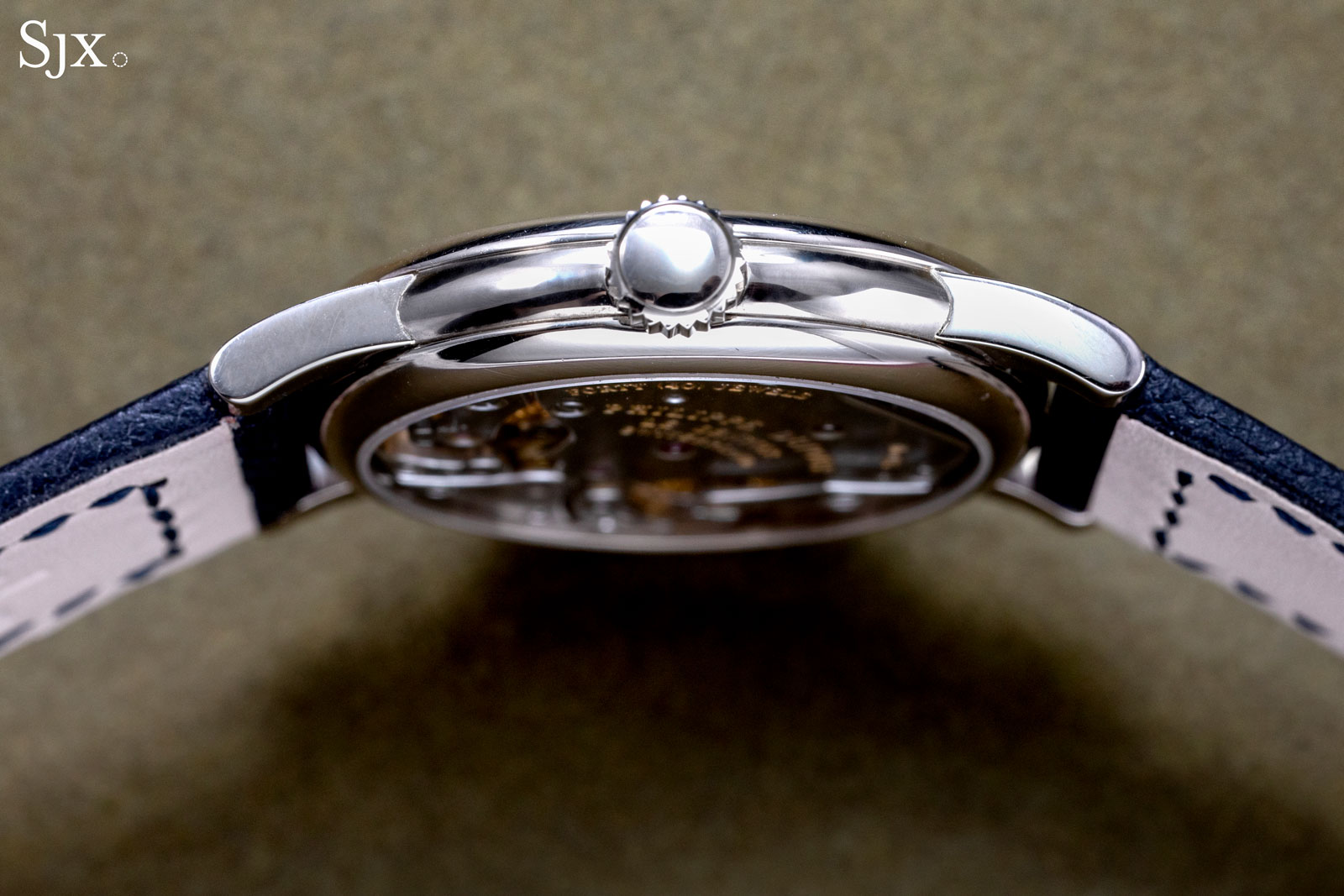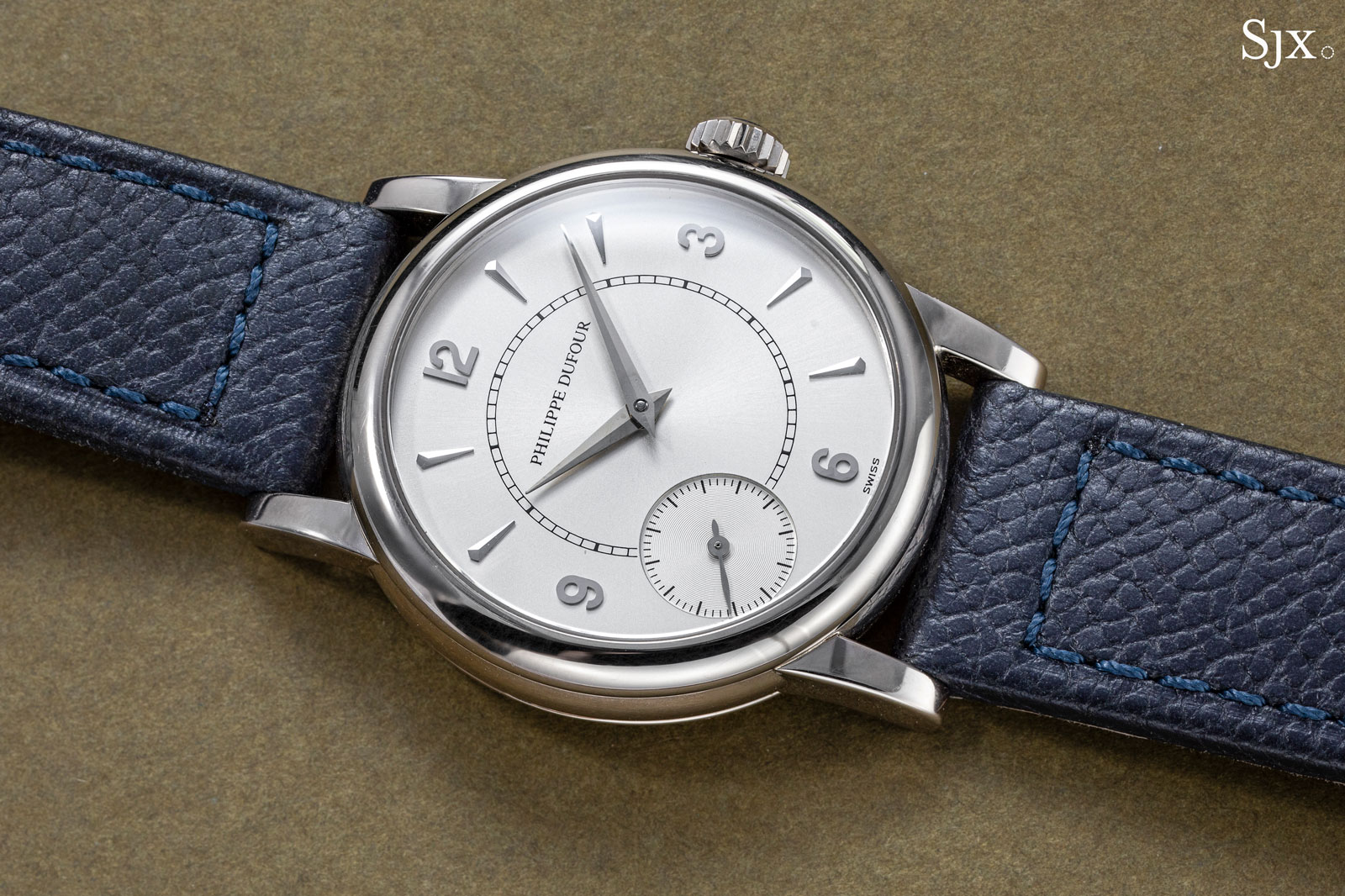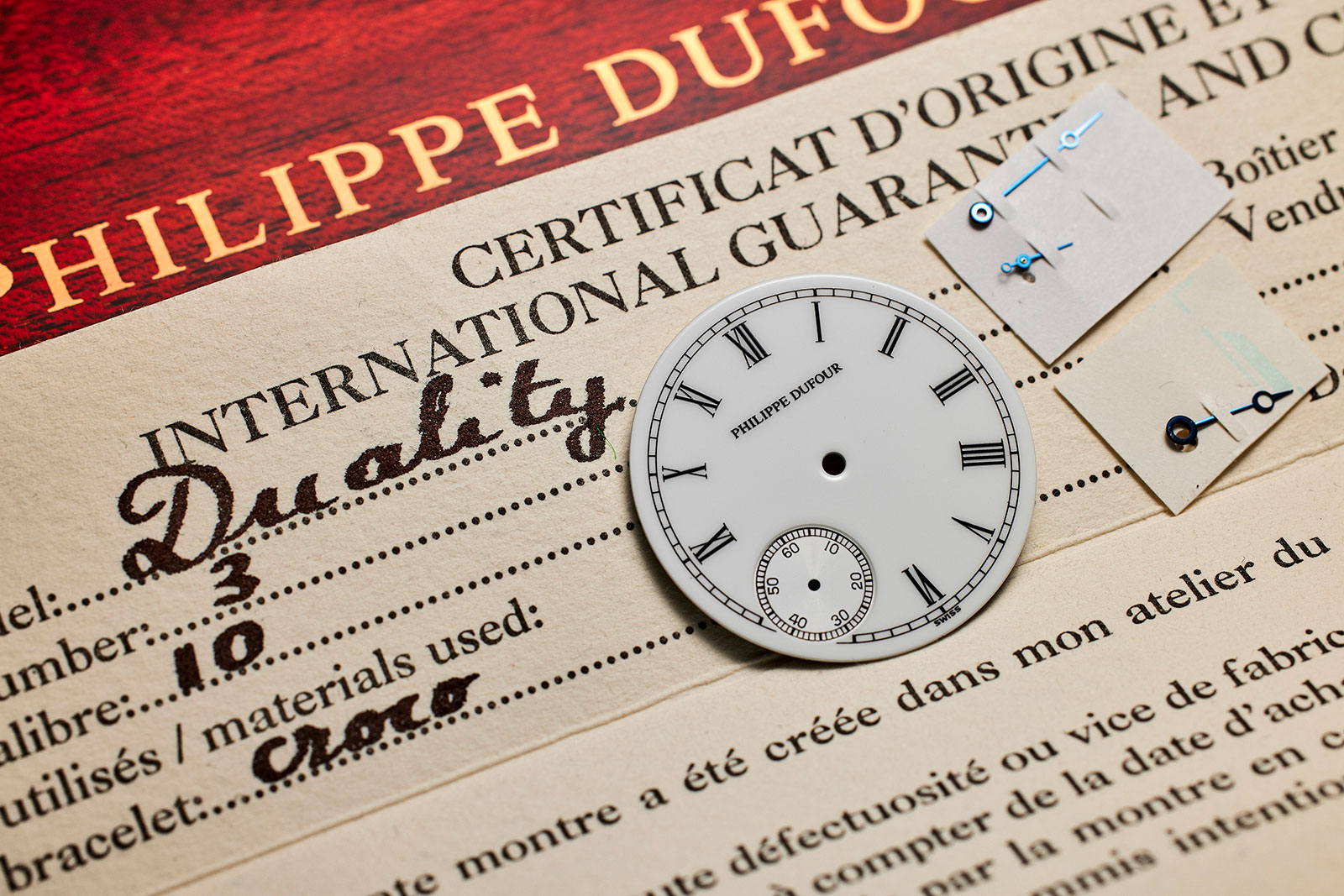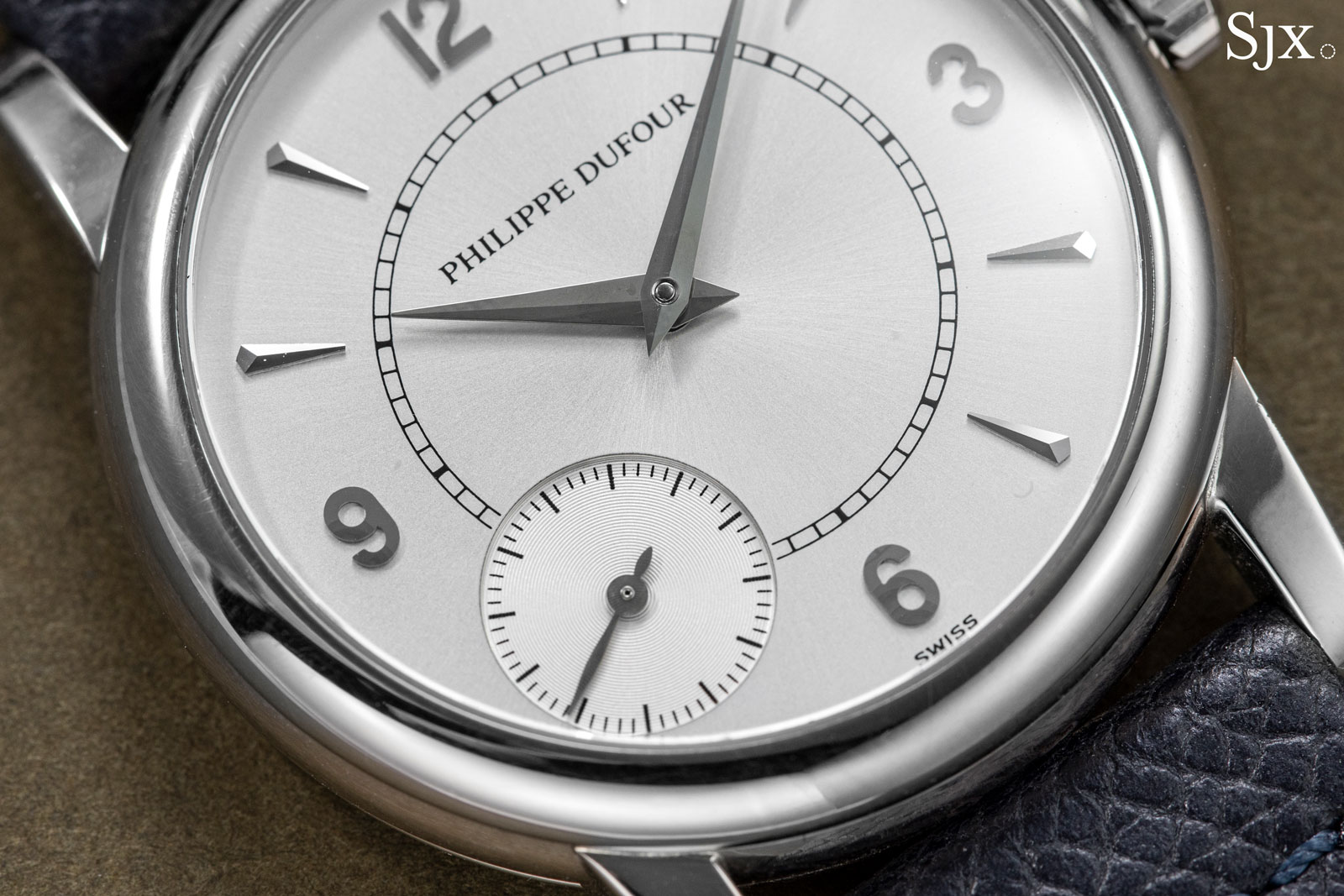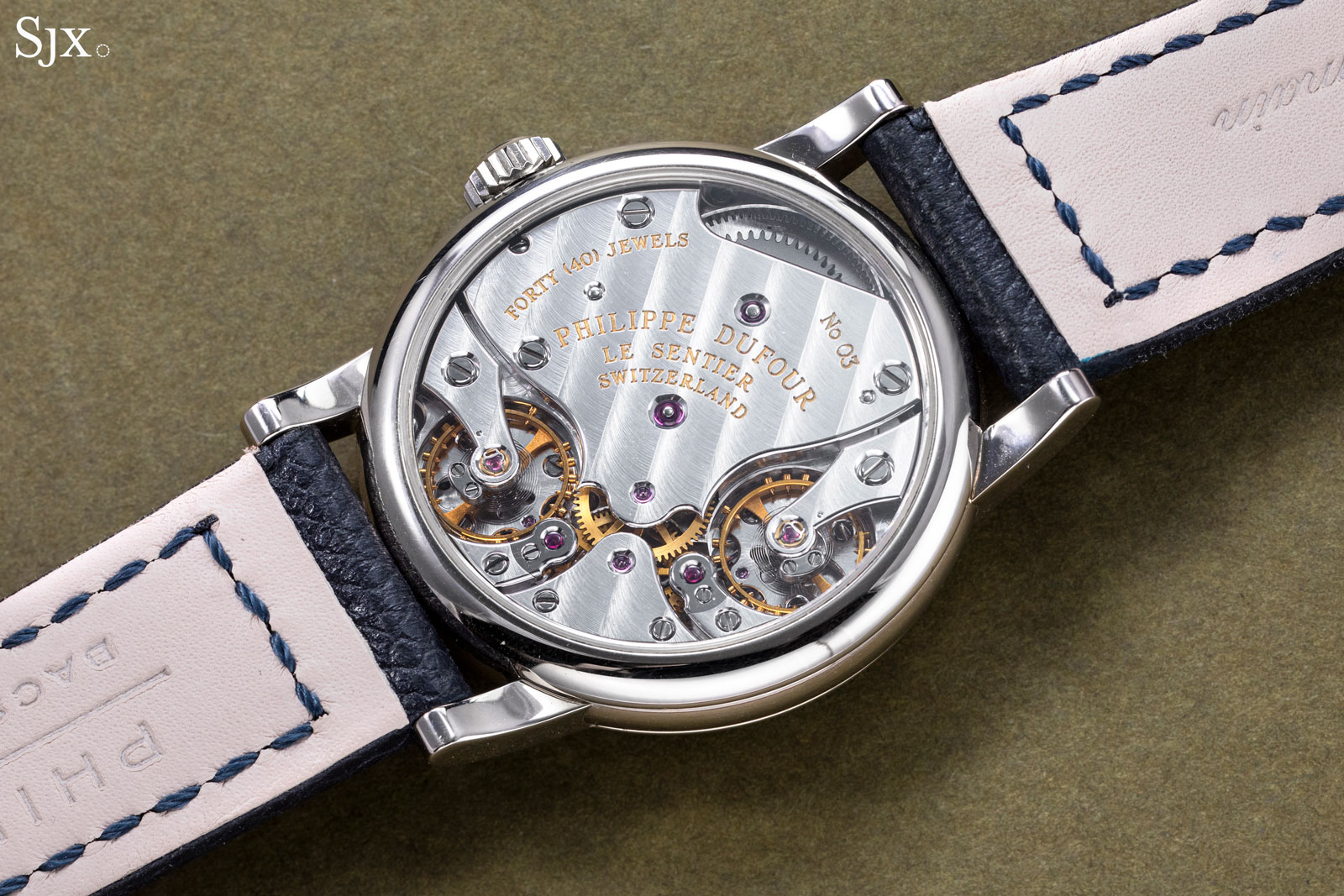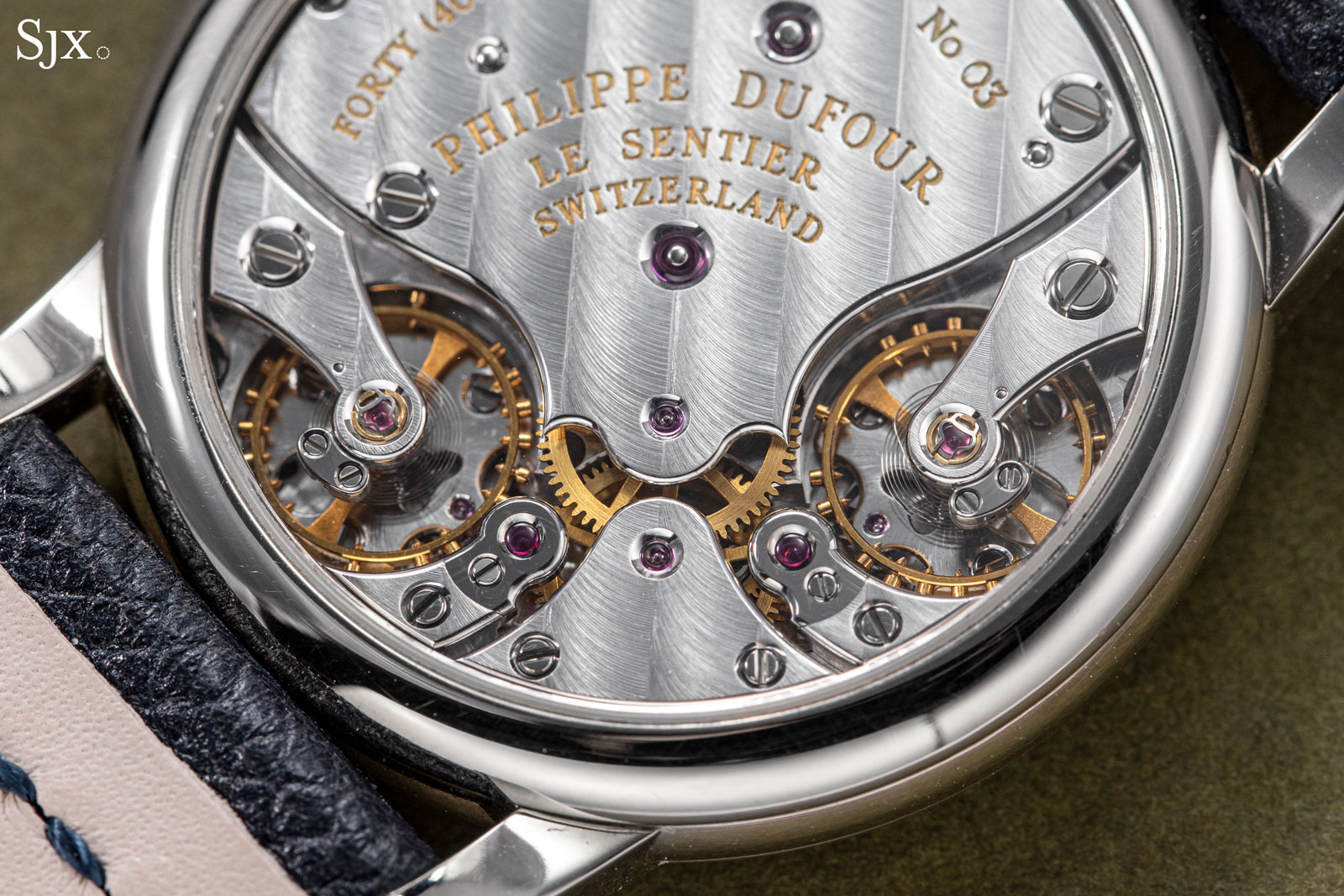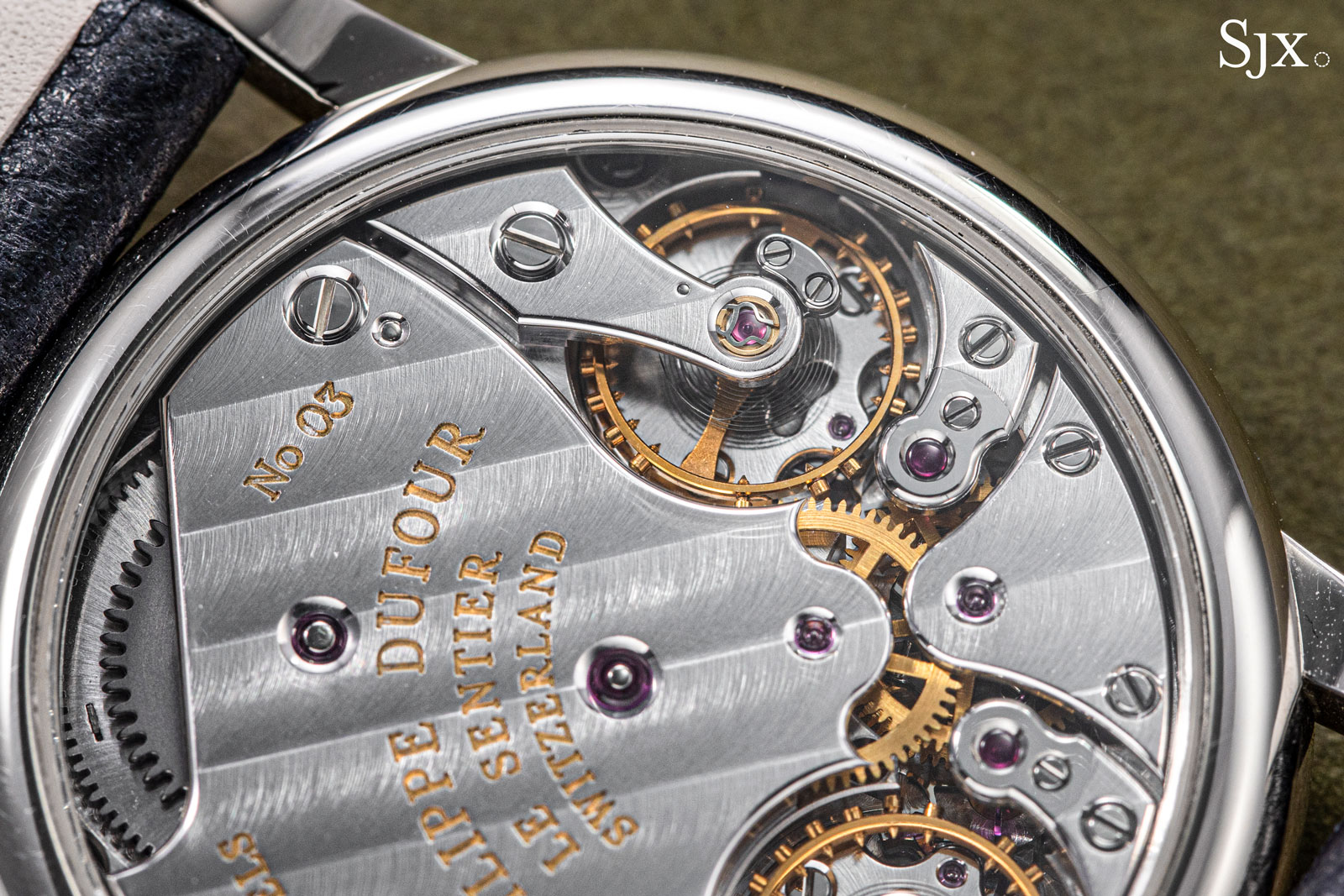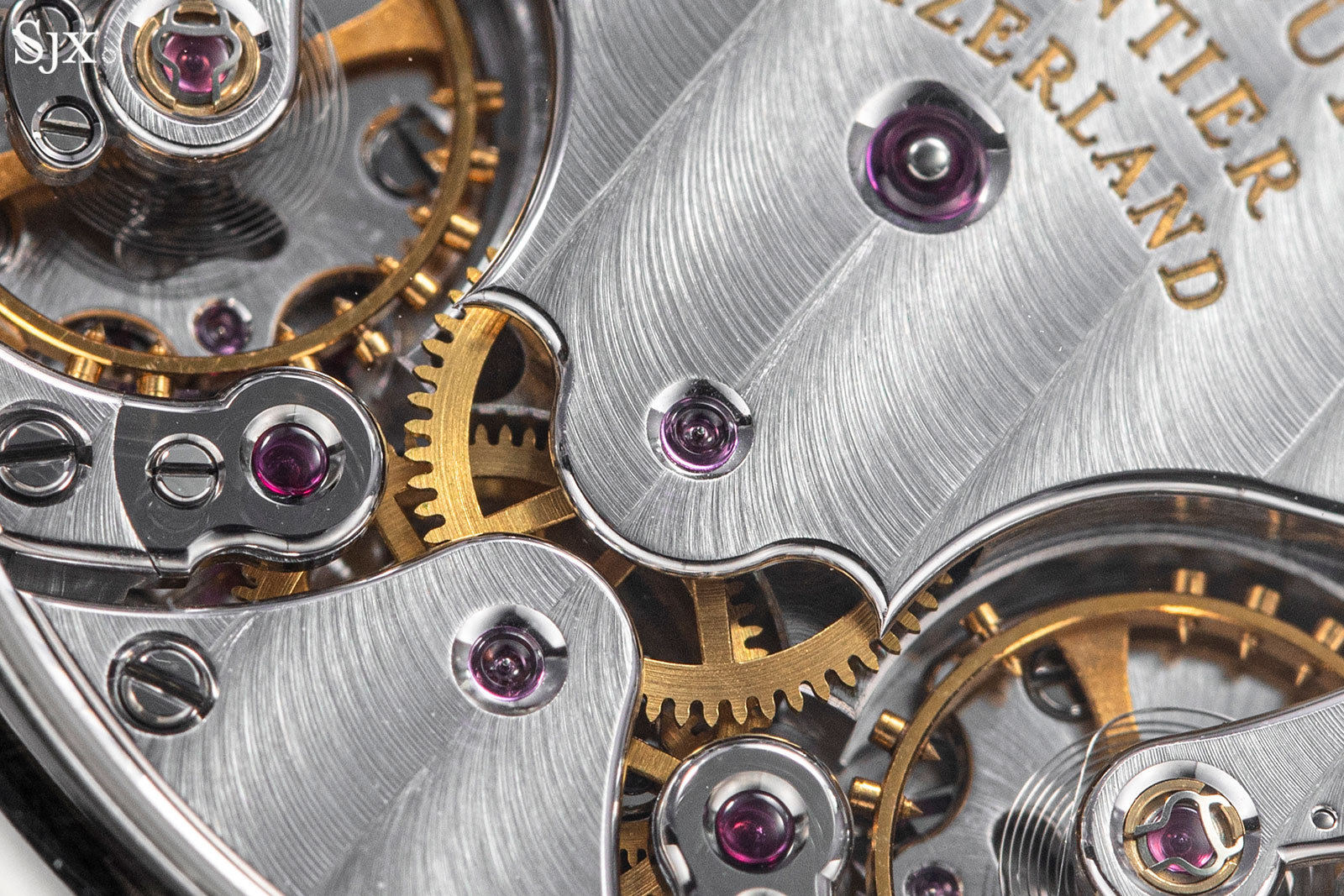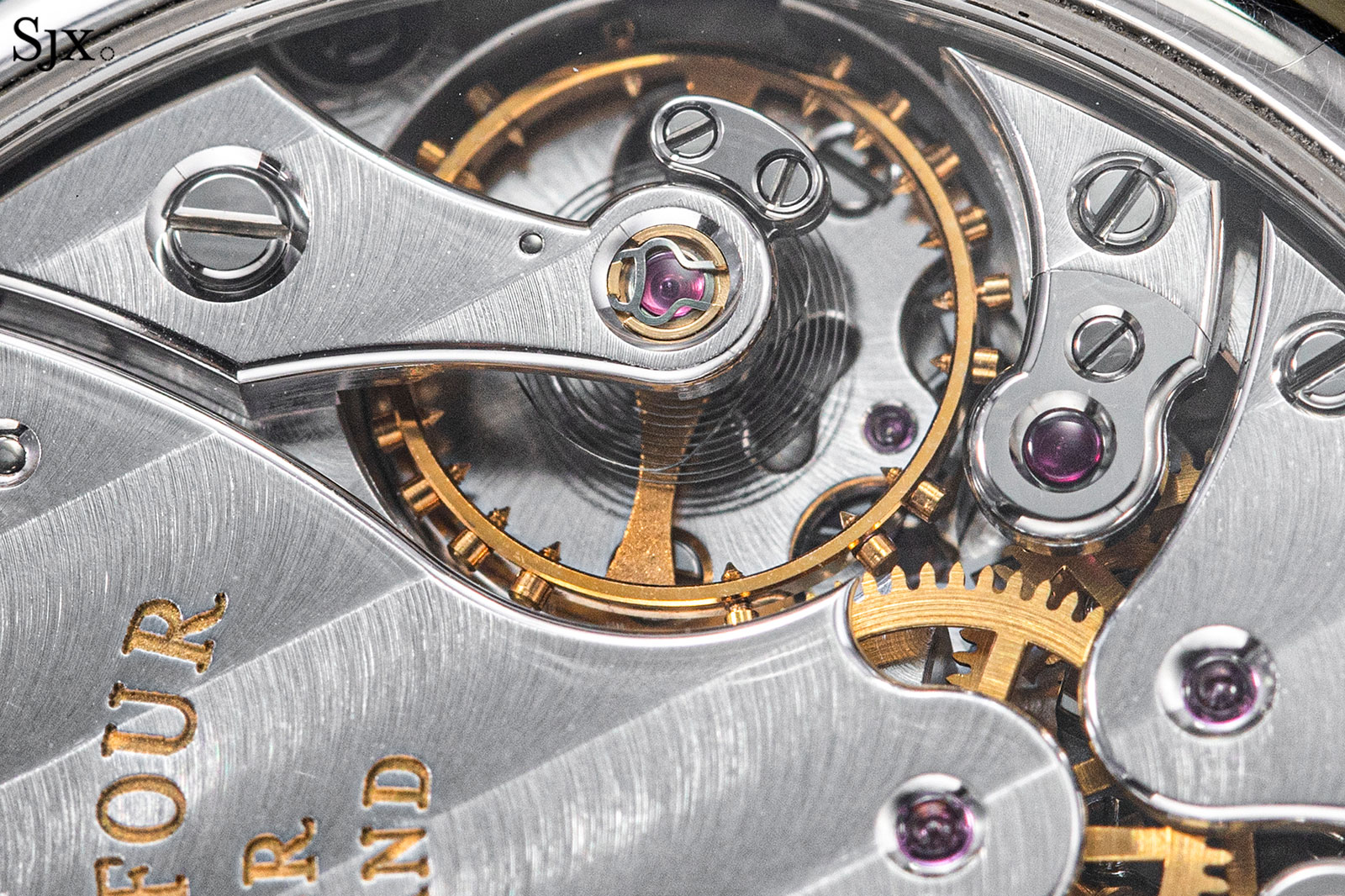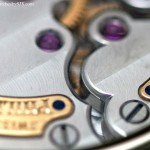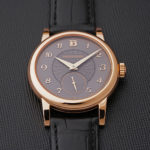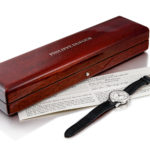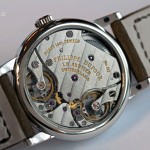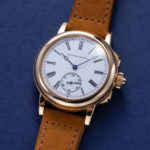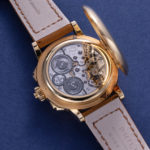Louis Erard Unveils Affordable “Grand Feu” Enamel Regulator
Clean styling in ivory enamel.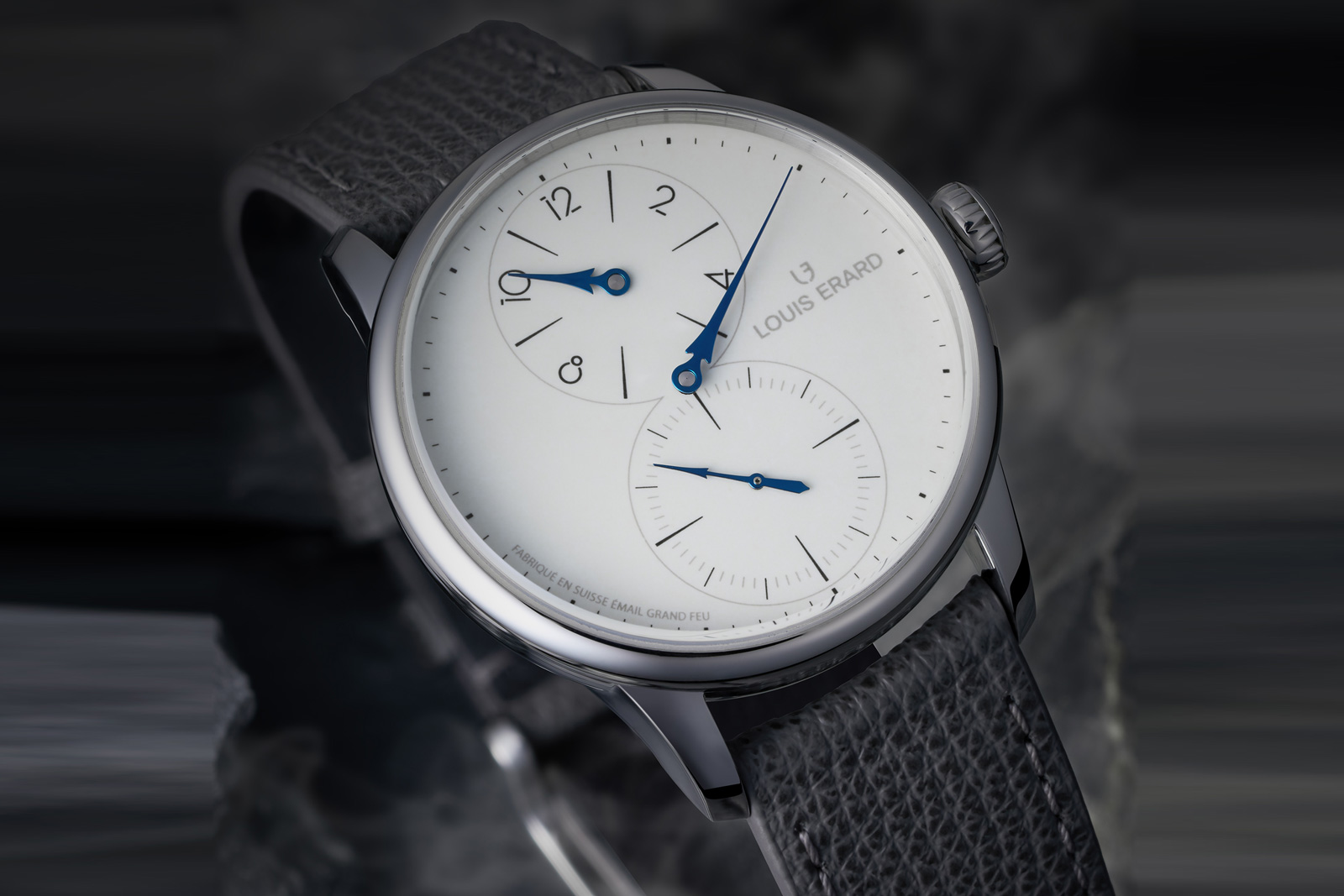
Though Louis Erard is best known for its high-profile collaborations with independent watchmakers like Konstantin Chaykin and Cédric Johner, the brand’s specialty is making interesting watchmaking accessible. Its signature complication is the regulator display complication, which has served as the foundation for several limited editions. The brand continues to do that with the Le Régulateur Grand Feu Enamel, a regulator wristwatch featuring a two-part fired enamel dial in striking ivory.
Initial thoughts
The new release has a subtle ivory dial produced in a traditional manner, resulting in a glossy, nuanced finish feel evocative of dials usually found on pricier timepieces. Its contemporary typeface and numerals complements minimalist style.
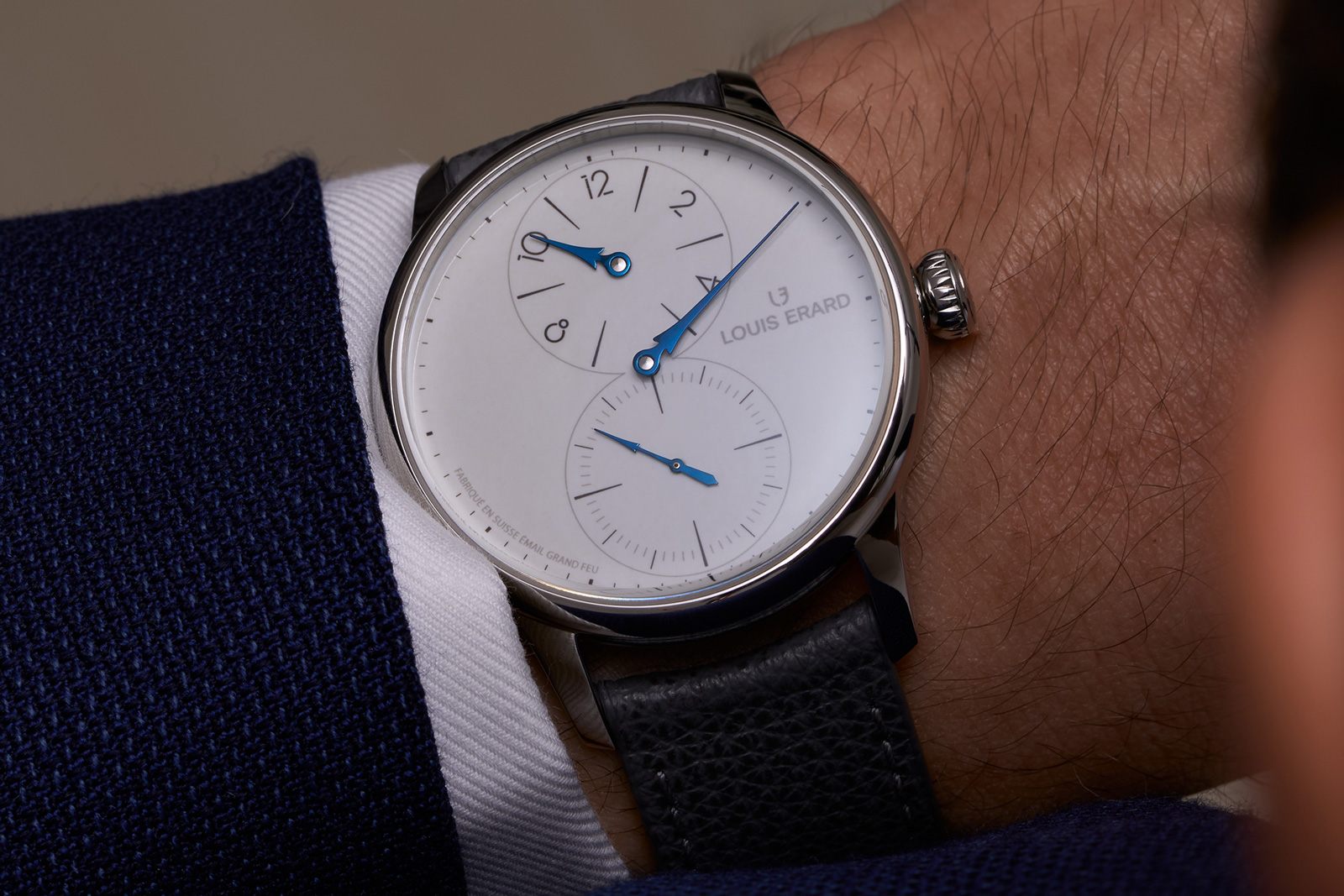
Dial aside, the latest regulator is identical to the standard model and contains the same Sellita calibre. As a result, despite the elegant styling, it’s a chunky watch that’s almost 14 mm thick. Nevertheless, this keeps the Le Régulateur Grand Feu Enamel affordable at CHF4,400, which is strong value considering that most watches with such dials cost at least twice as much.
Ivory enamel
Louis Erard once again turned to Donzé Cadrans, the enamel dial specialist owned by Ulysse Nardin, for this grand feu enamel dial. Unsurprisingly Donzé was also the supplier for the ivory enamel dial in Excellence Email Grand Feu in 2021.
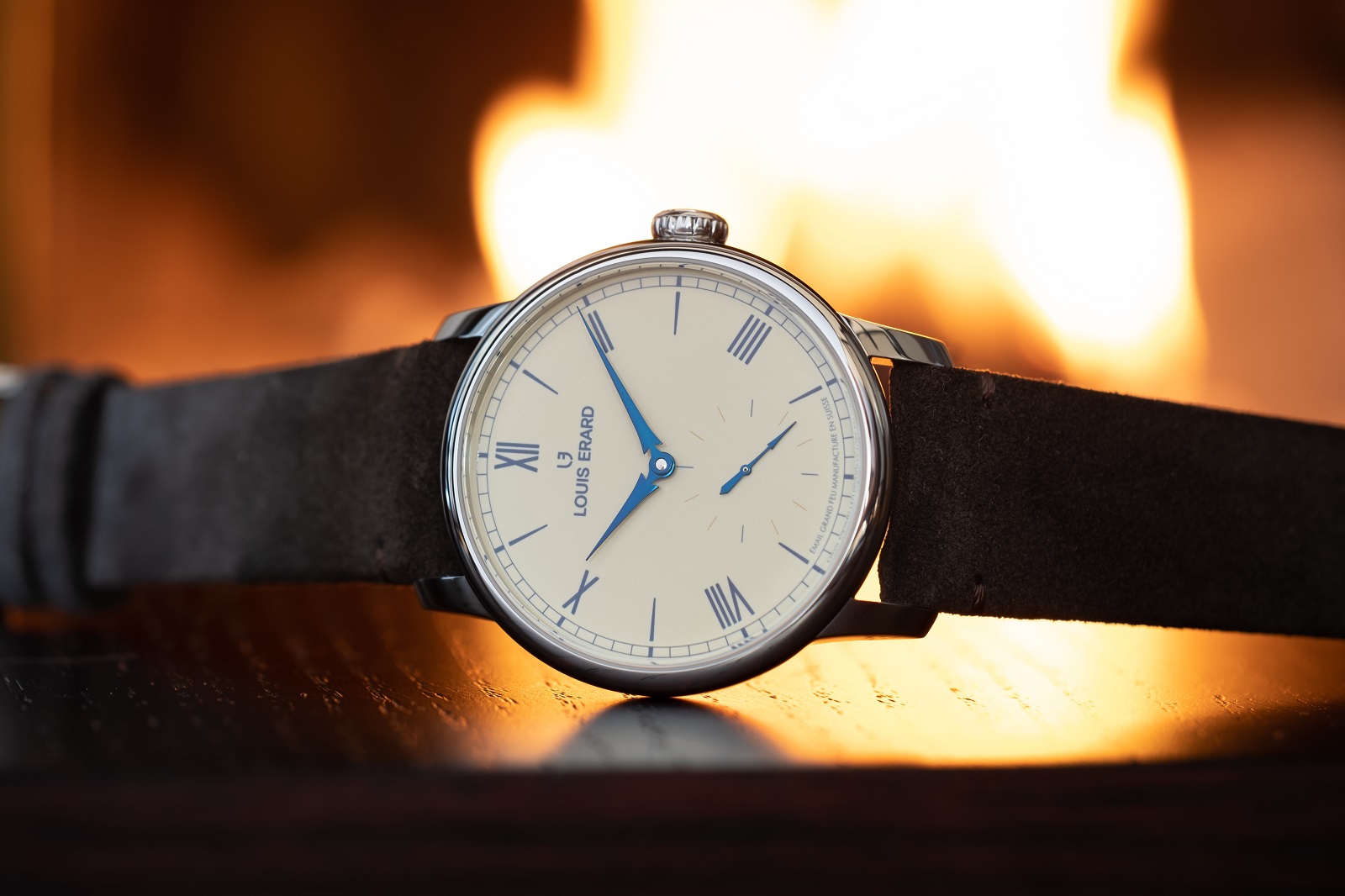
The time-only Excellence Email Grand Feu
The production of grand feu enamel dials has a high rejection rate, often over 50%, according to Louis Erard. This accounts for a good portion of the cost of a dial that ends up in a watch, also explaining why they are often found in more expensive timepieces.
The dial in the Le Régulateur Grand Feu Enamel is produced in the same manner as dials found in higher-end watches, save for the dial base that is copper instead of solid gold.
Starting with a copper base, the dial is painted with layers of enamel powder mixed with water and oil, then baked at over 800°C, fusing the enamel onto the dial. Some dials inevitably crack or warp during the process and are discarded. The perfect dials are then printed with liquid enamel for the markings, requiring yet another trip to the oven.
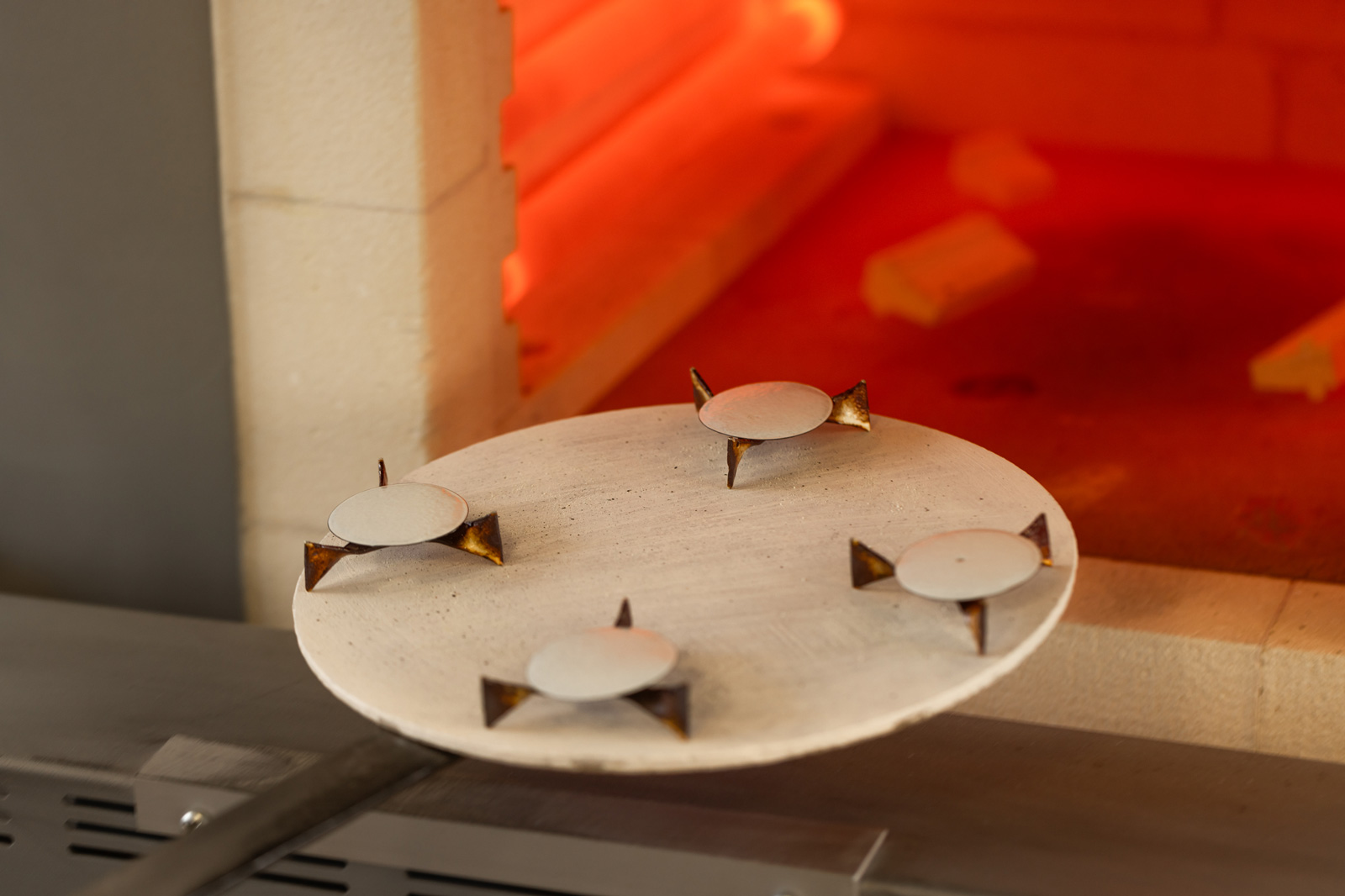
The dial layout retains the classic regulator-style display found across the Louis Erard catalogue. The symmetrically arranged sub-dials indicate hours at the 12 o’clock and seconds at six.
The dial is printed in a restrained blend of black and grey: black for the hour numerals, minute track, and seconds markers, while grey is used for the branding at three and the offset “Swiss made” and fired enamel label between seven and eight o’clock. This is complemented by “fir tree” hands in blued steel.
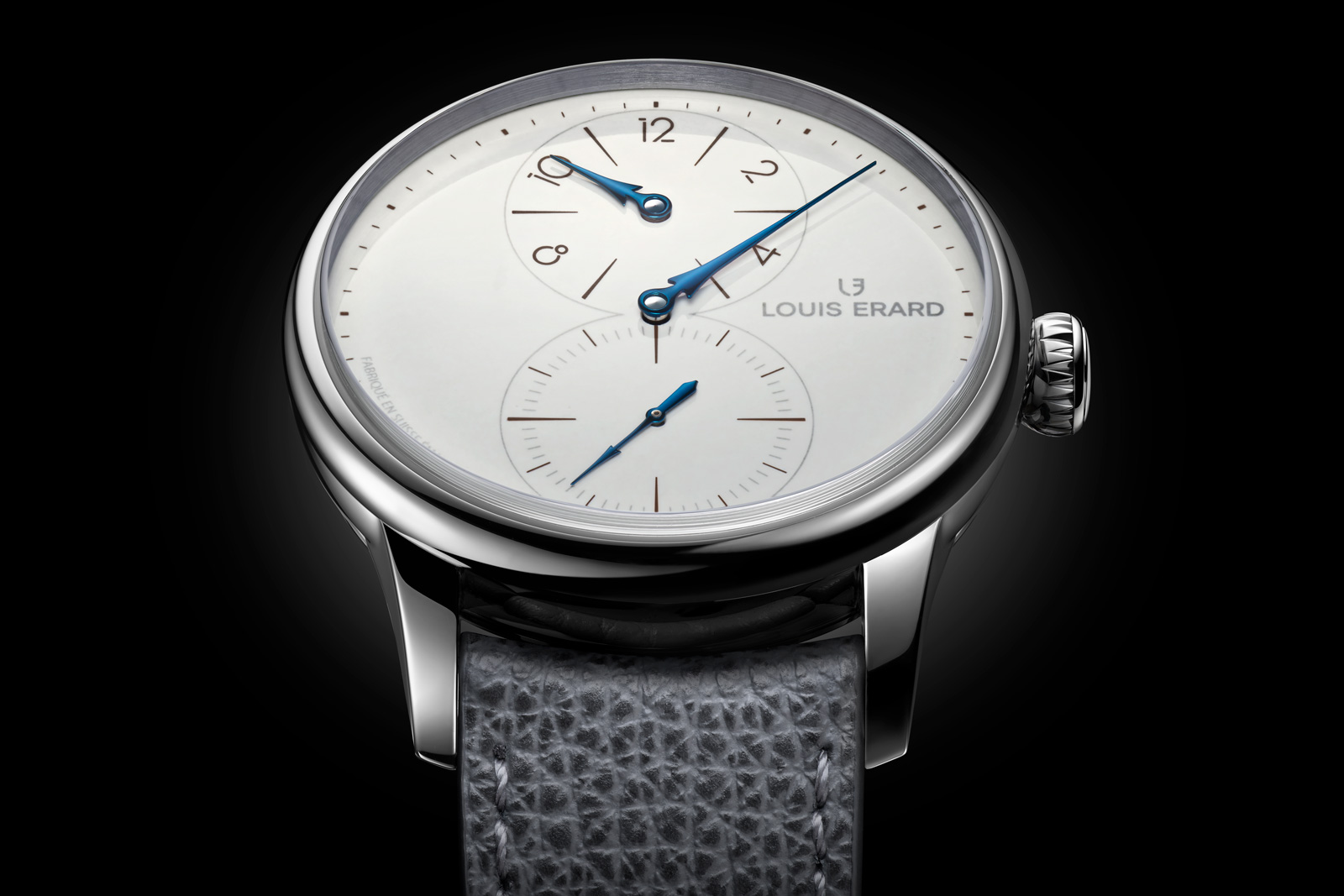
Save for the new dial, the watch is identical to the smaller standard regulator model. The steel case measures 39 mm in diameter and 12.82 mm high.
It employs the same Sellita SW266-1, augmented by a proprietary module for the regulator-style display. Specifications are unchanged, with a modest 38-hour power reserve and a 4 Hz balance.

Key facts and price
Le Régulateur Louis Erard Grand Feu Enamel
Ref. 85248AA54.BVA153
Diameter: 39 mm
Height: 12.82 mm
Material: Steel
Crystal: Sapphire
Water resistance: 100 m
Movement: Sellita SW266-1
Features: Hours, minutes, and seconds
Frequency: 28,800 beats per hour (4 Hz)
Winding: Automatic
Power reserve: 38 hours
Strap: Calfskin leather strap with pin buckle
Limited edition: 99 pieces
Availability: Direct from Louis Erard online
Price: CHF4,500 (excluding taxes)
For more, visit Louiserard.com.
Back to top.


